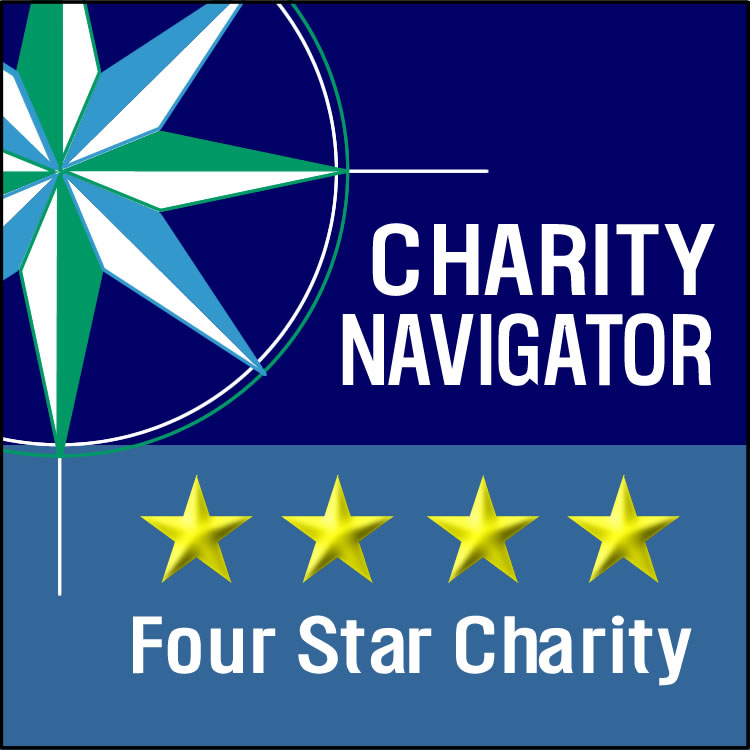Brazzaville, Congo
Geography
Brazzaville is the capital of the Republic of the Congo and is also one of the twelve administrative divisions. Notably, this city is also where the United States Embassy for the Republic of the Congo is located.
The city is a commune that is separated from the other regions of the Republic and surrounded by the Pool Region. Brazzaville is relatively flat and surrounded by a large savanna. It is located just north of the Congo River.
In order to distinguish between the two African countries with "Congo" in their names, the Republic of the Congo is sometimes called Congo-Brazzaville, as opposed to Congo-Kinshasa (the Democratic Republic of the Congo, known from 1971 to 1997 as Zaire, the capital of which is Kinshasa). Kinshasa lies on the southern bank of the Congo, across from Brazzaville. Interestingly enough, this is the only place in the world where two national capital cities are situated on opposite banks of a river, within sight of each other.
History During the French Colonial era, the area north of the Congo River came under French sovereignty in 1880, as a result of Pierre de Brazza’s treaty with Makoko of the Bateke. In 1884, this Congo Colony became known first as French Congo, then as Middle Congo in 1903. In 1908, France organized French Equatorial Africa (AEF), comprising Middle Congo, Gabon, Chad, and Oubangui-Chari (the modern Central African Republic). The French then designated Brazzaville as the federal capital.
Until the 1960s, the city was divided into European and African sections. Then in 1980 it became a "commune" separated from the Pool Region and was divided into nine "arrondissements." As a result of civil wars throughout the 1990s, which included conflicts between rebel and government forces and also between forces of the Republic of Congo, the Democratic Republic of the Congo, and Angola, thousands of refugees fled the city.
Economy and Climate
Many companies and government organizations, have regional offices here in the city, including the World Health Organization Regional Office for Africa is based on a vast campus at the Cité du Djoué.
Industries present in Brazzaville include machine shops, textiles, tanning, and manufacturing. As a key port on the Congo River, the city takes deliveries of raw materials, such as rubber, wood and agricultural products. From here they are generally sent onward to Point-Noire for export. It is also home to 40% of non-agricultural employment. It is also a financial and administrative capital.
Much like neighboring Kinshasa, Brazzaville features a tropical wet and dry climate. Since Brazzaville is south of the equator, its dry season begins at around its "winter" solstice, which is the month of June. The city experiences relatively consistent temperatures throughout the course of the year.
Source: Wikipedia
Gallery
There are currently not any images available.
Brazzaville, Congo
COORDINATES:
4°16′4″S 15°17′31″E
ELEVATION:
320 m (1,050 ft)
POPULATION:
1,827,000



